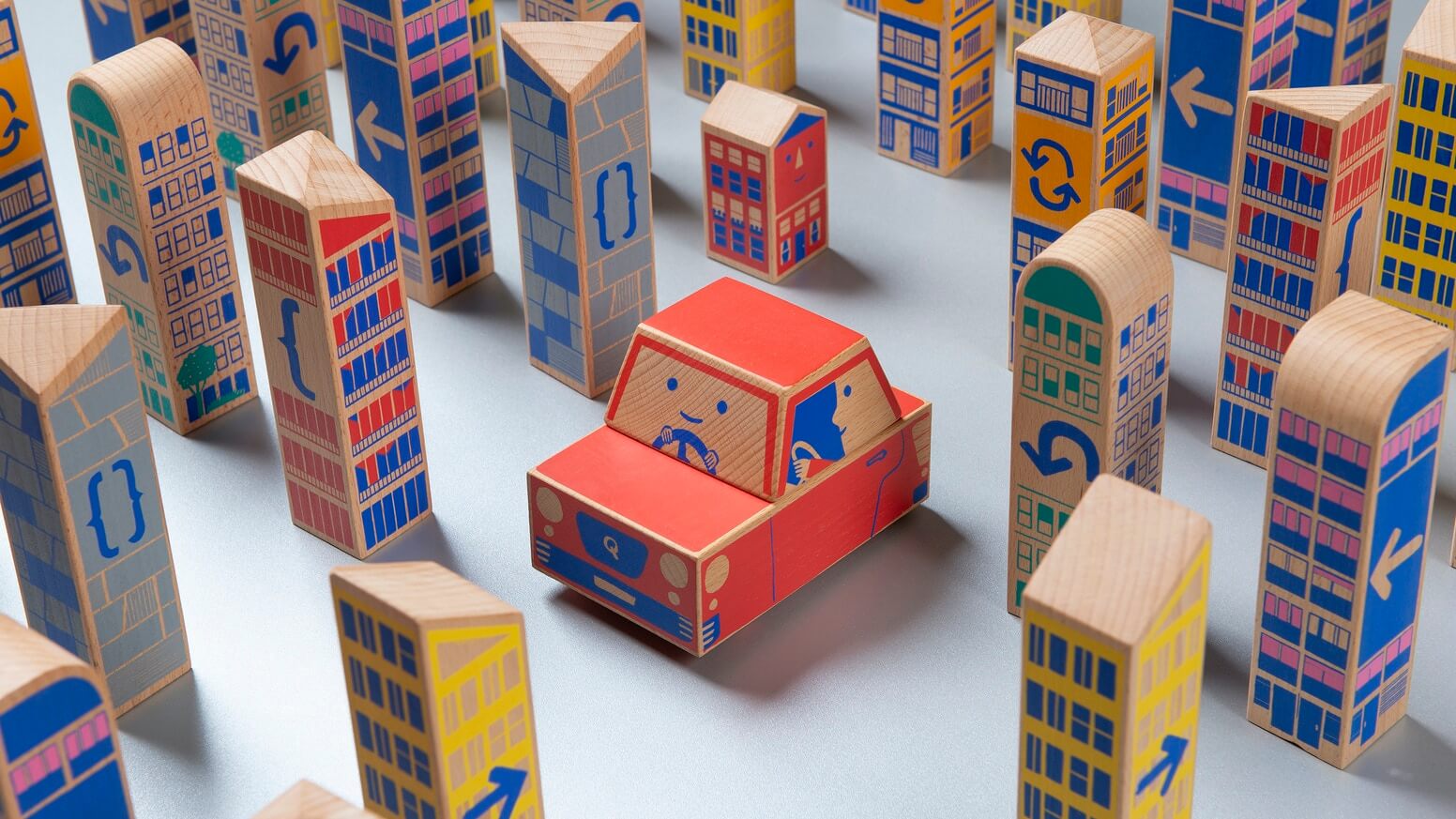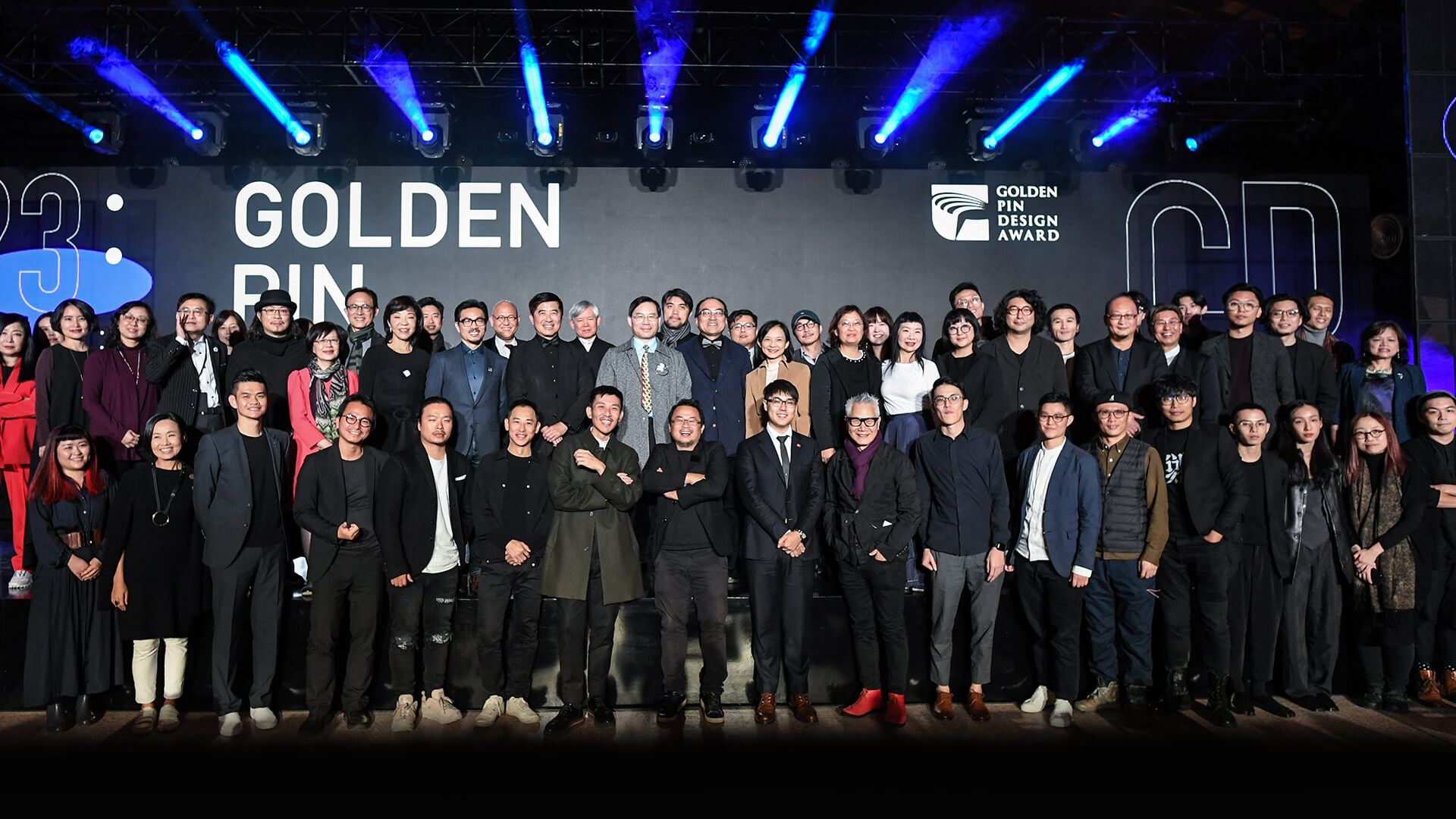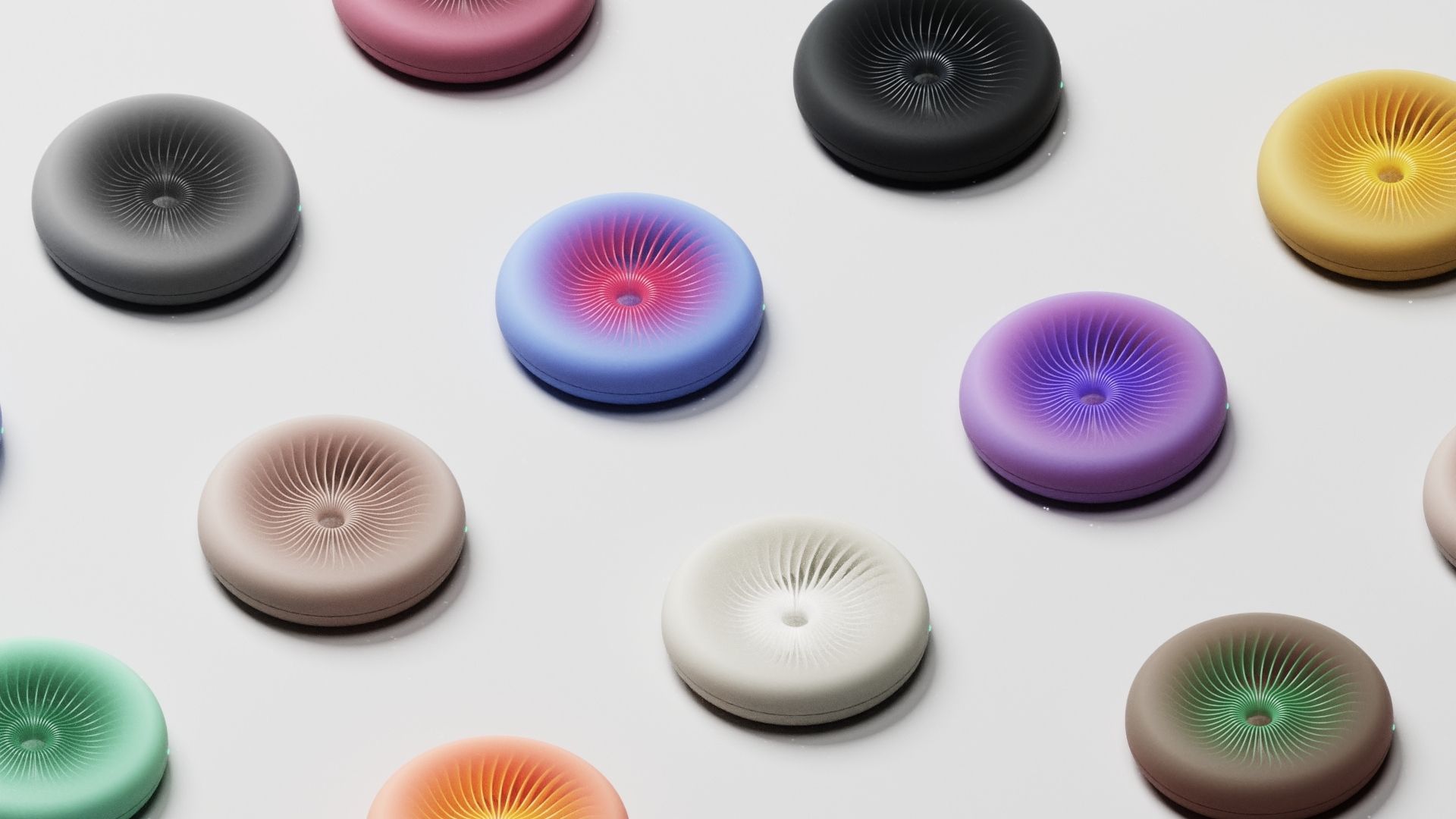Industrial Design Paradigm Shift: Reflection on Translating Dieter Rams Portfolios
In the 21st century, with environmental crisis, energy constraints, war, disruptive population shifts, climate change, aging issues, and many more social-technological challenges, can we propose 10 new principles of good design in the face of complicated, systemic challenges?

This article synthesizes my thoughts and shares my reflections. All the sweat paid off when I received the Chinese version of the Dieter Rams’ portfolio. It is also the first version of Dieter Rams’ portfolio in Traditional Chinese. The mix of excitement and bitterness from this design translation adventure makes me want to share this article with five key learnings:
Dieter Rams’ Chinese translation – Five key learnings:
Design can exist in many different formats to express creative ideas. Let’s think about design for language or consider translation as a type of new design, such as design for communication, for knowledge transfer, and for understanding associated with different languages.
Recently, I unlocked a new design skill, design for language and translation, by asking myself: How sensitive are you to reading or mastering words? How do you express your feelings and thoughts through writing and translation? How do you communicate precisely and vividly through words and sentences?
I am very honored to translate the book—Dieter Rams: The Complete Works—by Klaus Klemp, from English to Traditional Chinese (Figure 1). I was invited by Faces Publications to collaborate with Emily Liu, Chief Editor of Faces Publications, and Wang Zhihong, Curator, Art and Designer Director of Faces Publications SOURCE series, and member of AGI (Alliance Graphique Internationale).
After eight months of hard work with a team effort, I found that translation was not an easy job or a typical design project for me, not because I am not trained as a professional translator with expertise, but because the challenge and beauty lie in translating design processes, creative solutions, and historical backgrounds through Traditional Chinese characters in an Eastern context. How could I pick the right characters in the right cultural context while generating the right meaning and mental images for readers’ perceptions.
I worked on the translation during most of my 8-13-hour flight and leveraged my leisure time to shape the content. With more than 100 emails back-and-forth with the team to discuss and refine the content, language, layout, flow, structures, meanings, characters, and other details, we aim to maximize our effort to ensure this classic book translation is as perfect as possible (Figure 2).
I enjoy the collaboration process with Emily Liu and Wang Zhihong to view design from various perspectives.


From ID as Industrial Design to New ID as Integrated Design
In Rams’ story, he showed his design leadership and craft to collaborate with teams that are not from the Braun team to work on either commercial or conceptual projects. It shows his ambition to push the boundaries of and relationship between the field of design and business.
For me, design is a social act to challenge the status quo or systems. Art is a personal act to express people’s feelings and ideas. Both need creativity as an input and fuel to stimulate and envision solutions.
However, the meaning of design has been extended due to the complexity of the environment, challenges, and work. Cross-discipline collaboration has become an unavoidable trend. Every design or other discipline is interconnected and integrated with various domain knowledge. It makes the challenge more complex with various layers and considerations that leads to the complicated and systemic sociotechnological challenges that we, as designers, need to solve.
The typical term “ID” no longer just stands for “industrial design.” Instead, it would be more suitable to call it “integrated design” to reflect the sophisticated needs of industry and new design talents we need to cultivate.
New ID, integrated design, doesn’t mean we need to give away the core knowledge or skills of industrial design. Rather, it can enable us to think deeper, harder, and comprehensively about the essence of design or industrial design itself in terms of thinking processes, conceptual frameworks, theories, and core skills.
For example, building empathy, communication skills, leadership, teamwork, prototyping capabilities, and other skills are still relevant in the context of both industrial design and integrated design. These features have become more critical than ever.
The concept of applying integrated design into higher design education has been a trend and experiment (Figure 3), such as MIT Integrated Design and Management (IDM), Parsons School of Design Integrated Design program, and the Master in Design Engineering (MDE) program initiated by Harvard University Graduate School of Design and John A. Paulson School of Engineering and Applied Sciences.
From my understanding, most design pedagogies aim to build a creative and self-directed environment to guide young talents from multiple backgrounds with different expertise in an immersive, engaging approach to solving real-world challenges through design and innovation.

From D as Design to New D as Data
The letter “D” can mean design or data. In the transformational period, most of our service offerings and information are digitalized. We build a more connected and human-centered virtual society with or without tangible artifacts.
Data can be a fuel for innovation. Most of our smart systems or products are designed to understand their users’ behavior better by capturing their personal data.
As industrial designers, we tend to use visuals such as sketching, drawing, or doodling to communicate our ideas. We can compare data as designer’s sketches to shape the system and platform bit by bit to change the overall functioning mechanism.
When I worked on a smart home project at MIT AgeLab, one obvious concern was about data privacy (Figure 4). Why and how did we capture and store data? Most consumers want to have a “smart” product at home. What they mean by smart is devices that can understand their needs without much effort.
For example, what if iRobot can identify which part of the floor needs to be mopped/cleaned or a smart refrigerator can remind users that some fresh food items are going to expire soon or what types of food they need to purchase?
To enjoy the smartness of the design, products, and tailor-made services, users need to allow the device to capture their personal data, such as people’s behavior using products, including their bio information, and even their lifestyle.
Data is a critical input for innovation in the digital realm. Data also can serve as a connecting role to bridge physical needs with virtual services. However, design for/with/by data needs to consider more than the users’ convivence, efficiency, interface, and consumer-facing sides. Instead, we must think about individual privacy, platform-wide safety, new system architecture, and other relevant ethical issues comprehensively.

Diversity, Ethics, and Inclusiveness (DEI) in Design
Obviously, each brand has its identity, personality, and style. For example, MUJI is created to be a Zen-style as a brand without a specific name or identity. LEGO represents a playful and colorful brand. Braun contains its strong German family DNA with slick, simple, and geometrical design language.
Dieter’s work has demonstrated a very strong design philosophy and brand design. Obviously, we can tell from Braun product design containing a specific design language, aesthetically, influencing by Dieter’s guidance.
This kind of significant representable design style to celebrate one hero designer’s culture with his design philosophy makes me think of the opposite of design process: collaborative organizational structure and collective decision-making. The keywords: importance of diversity, ethics, and inclusiveness (DEI) have come up to my mind.
It inspired me to re-emphasize the importance of DEI not only on the level of governmental policies and products, but also on the level of service offerings and experience designs.
Celebrating DEI in design is not an easy task. How do we make design solutions more inclusive, universal, functional, comfortable, accessible, feasible, and desirable? What does DEI mean in relationship with the design of product-systems, service offerings, and user experiences?
Threads of Assumption is a great example to discuss gender bias, women’s issues, and identity through design and AI (Figure 5). Four multidisciplinary artists and designers collaborate through making and fabricatin data to explore people’s perceptions and understanding of this sensitive topic.

Complexity and Change Are the New Norm
Complexity and systems have a new norm associated with most real-world problems, such as to solve climate change, reestablish organizational culture, identify behavioral change, social impacts, and action.
Building new rituals to adapt and adopt new changes is not an easy task. Change takes people and companies’ commitment, resources, time, patience, and energy. Change also requires courage and trust.
How do we reflect the new norm in our design work? What are the new design skills and capabilities that we need to learn from schools preparing for transformational change? What are the resources, talents, time, and culture we need to have and cultivate to prepare for the new norm and Industry 4.0?
Feeling confident to embrace new ambiguity and possibilities has become integral for designers and design leaders. Lifelong learning is a key to success, and it keeps us fluent in using system thinking, applying data-driven approaches, and building digital capabilities, since these are new norms and abilities to prepare for change. The topic of complexity and change also ties to my next learning about building a systemic platform for transformation.
From Designing Products for People to Building Platforms for Systems
Users’ relationship with product design has shifted from owning things to enjoying services. Uber, Uber Eats, and Airbnb are all great examples to illustrate the rise of sharing economy and service design.
The concept of ownership has changed from owning the thing for a lifetime to owning a specific time to enjoy services. The subscription business model has disrupted most traditional industries such as hospitality, entertainment, and even our work style and lived experiences.
Before the pandemic, people were looking for freedom from work. After the pandemic, a remote working style has given people the freedom to work and position themselves as freelancers on the market.
The disruptive environmental changes indicated that building an adaptive platform to serve the whole ecology is the key to supporting and surviving in this dynamic system and society. The time for designing an individual product for people is a fundamental requirement for most product designs. We need more than that. Doing system thinking with holistic views can better help designers identify business potentials and emerging opportunities for design and creativity.
Rams’ works gave me a fresh perspective to envision building dynamic product systems (Figure 6). We have already built too many close-to-perfect products as a singular unit in system. How do we connect dots (product as single unit) by creating a platform-level system that can keep evolving based on the desirability of users, viability of business, and feasibility of emerging technologies?

New 10 Principles of Good Design
The five learnings originated from the process of translation from English to Traditional Chinese, I feel inspired by the whole process of translation, the language difference, the contextual transformation, and the diversity of cultures between the East and the West influencing how designers consider product features, services, and experiences.
- From ID as Industrial Design to new ID as Integrated Design
- From D as Design to new D as Data
- Diversity, Ethics, and Inclusiveness (DEI) in Design
- Complexity and Change are the New Norm
- From Designing Products for People to Building Platforms for Systems
What’s next for industrial designers?
Design for change, design for diversity, design for social impact, and Design for Longevity (D4L)? This makes me recall 10 principles of good design proposed by Dieter Rams. He demonstrated what he believed to be the critical principles in the field of design. The following is an overview of the principles.
- Good design is innovative.
- Good design makes a product useful.
- Good design is aesthetic.
- Good design makes a product understandable.
- Good design is unobtrusive.
- Good design is honest.
- Good design is long-lasting.
- Good design is thorough down to the last detail.
- Good design is environmentally friendly.
- Good design is as little design as possible.
In the 21st century, with environmental crisis, energy constraints, war, disruptive population shifts, climate change, aging issues, and many more social-technological challenges, can we propose 10 new principles of good design in the face of complicated, systemic challenges?
Reference links:












